Porcupines are members of the rodent family that are covered in sharp, defensive spines. There are two main types of porcupines classified in two different families. Old World porcupines are in the taxonomical family Hystricidae. New World porcupines are in the taxonomical family Erethizontidae. Read on to learn about the porcupine.
Description of the Porcupine
These rodents are relatively large compared to the rest of the order Rodentia. Some species can be well over 60 lbs., and over 2.5 ft. long. All species are equipped with defensive spines, which protect them from predators.
The Old World species have spines that are grouped into clusters, while the New World species have spines that are attached to the skin singly. Most are dark colored, with lighter colored spines or spine tips.
Interesting Facts About the Porcupine
It is no secret that these prickly creatures are unique! Each species is different, yet all have a few similar qualities.
- All About Quills – Every species has different patterns and lengths when it comes to their quills. All quills are hairs coated in multiple layers of stiff keratin. They are embedded in the skin, and can be regrown when they are lost.
- Non-Projectile – Despite the common myth, porcupines cannot shoot their quills. Instead, these spines fall out when they come in contact with something, or if they are shaken loose. some species have barbs in their quills to embed them in the enemy’s skin.
- That’s a Lot of Quills! – In some species, a single porcupine can have up to 30,000 quills on its body! North American porcupines are known for having numerous, thin quills.
- A Thorny Name – Though this should be unsurprising, their characteristic quills are also the base of their name. The word “porcupine” comes from the French porc d’espine, which means thorny pig.
Habitat of the Porcupine
New World and Old World porcupines occupy a wide range of habitats. Different species can found in desert habitats, various forests, hillsides, mountains, and rocky cliffs. Some New World species are arboreal, which means that they live in the trees. They can be found in altitudes up to 12,100 ft. high.
Distribution of the Porcupine
New World Porcupines – The twelve different New World species can be found from the Arctic Circle in North America to South America. The North American range runs from northern Canada and Alaska to the Appalachian Mountains and Northern Mexico. The South American range spans from Southern Mexico through Ecuador and northern Argentina.
Old World Porcupines – The eleven different Old World species can be found across Africa, Asia, and parts of Europe. Different species can be found in southern Europe, across most of Africa, India, and Southeast Asia.
Diet of the Porcupine
These large rodents are herbivores. The New World and Old World types have different feeding strategies. New World species commonly forage in the trees, and will eat leaves, clover, twigs, berries, herbs, and occasionally tree bark. Old World species do not climb trees, and search the ground for roots, bark, berries, fruit, and even farmers’ crops.
Porcupine and Human Interaction
Their feeding habits can cause some people to consider porcupines a pest. They are sometimes hunted and eaten in Kenya for this reason. Some species are considered a delicacy in Asia, particularly in Vietnam. Hunting in this area has caused significant population decline.
Domestication
No porcupine species have been domesticated in any way.
Does the Porcupine Make a Good Pet
While porcupines do not make a good pet, they do bear a resemblance to hedgehogs, which can make a wonderful pet to the right owner. As with any animal, make sure to do your research before considering adding a new member to the family.
Porcupine Care
In zoos, porcupine care depends heavily on the species. Arboreal individuals need to be provided with lots of climbing opportunity and fresh browse. Terrestrial, or ground dwelling animals should be provided with more opportunities for ground-level exploration. Their diet consists of low-starch, high-fiber biscuits, and lots of different vegetables and fruits.
Behavior of the Porcupine
Most porcupines are solitary creatures. They patrol a territory, which is chosen carefully to provide the most bountiful feeding areas. They are occasionally viewed in pairs, this is usually a mother and offspring, animals congregating at a mineral salt deposit, or a pair interested in breeding.
Reproduction of the Porcupine
Such spiny creatures require very careful reproduction! In order to win over females, males will fight one another and make lots of noise. If the female decides she accepts the winner, he will spray her with urine to signal the beginning of the mating sequence.
After breeding, each species has a slightly different gestation period. The female will give birth to a baby, called a “porcupette.” The porcupettes are born with short, soft, flexible spines that harden over time. Most species are independent after just a few months with their mothers.

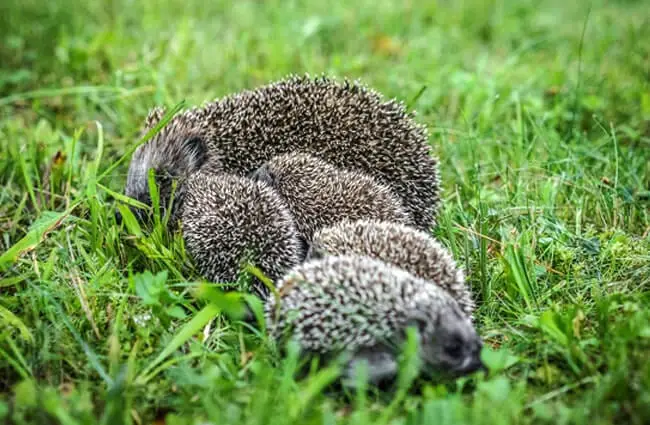
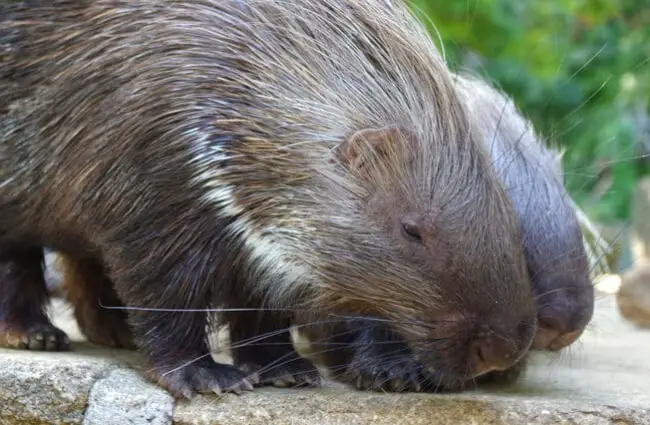
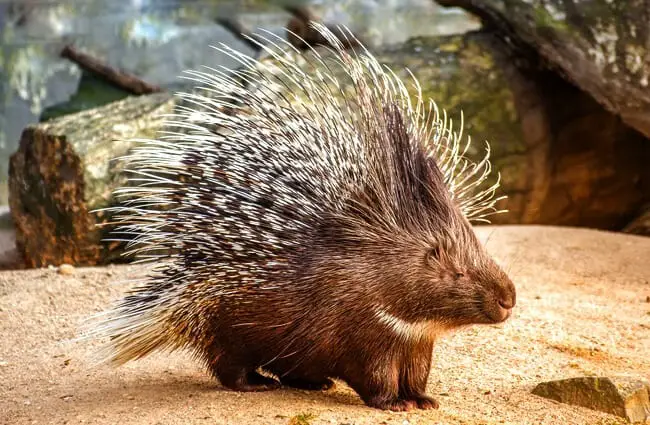
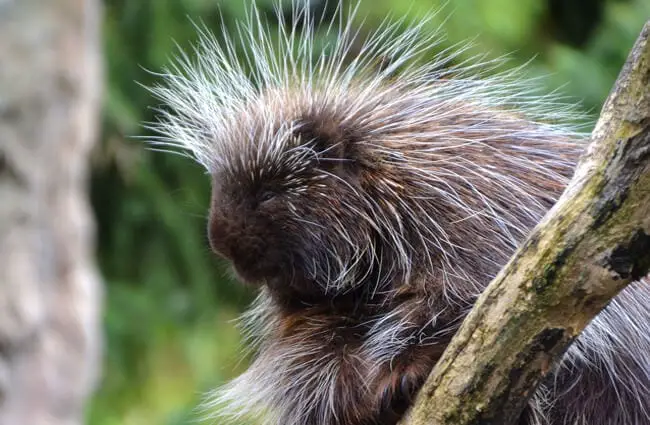


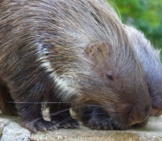
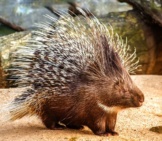
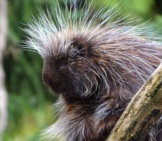
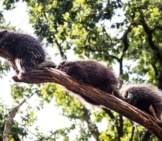
![Red Angus Closeup of a beautiful Red Angus cowPhoto by: U.S. Department of Agriculture [pubic domain]https://creativecommons.org/licenses/by/2.0/](https://animals.net/wp-content/uploads/2020/03/Red-Angus-4-238x178.jpg)












![Red Angus Closeup of a beautiful Red Angus cowPhoto by: U.S. Department of Agriculture [pubic domain]https://creativecommons.org/licenses/by/2.0/](https://animals.net/wp-content/uploads/2020/03/Red-Angus-4-100x75.jpg)

